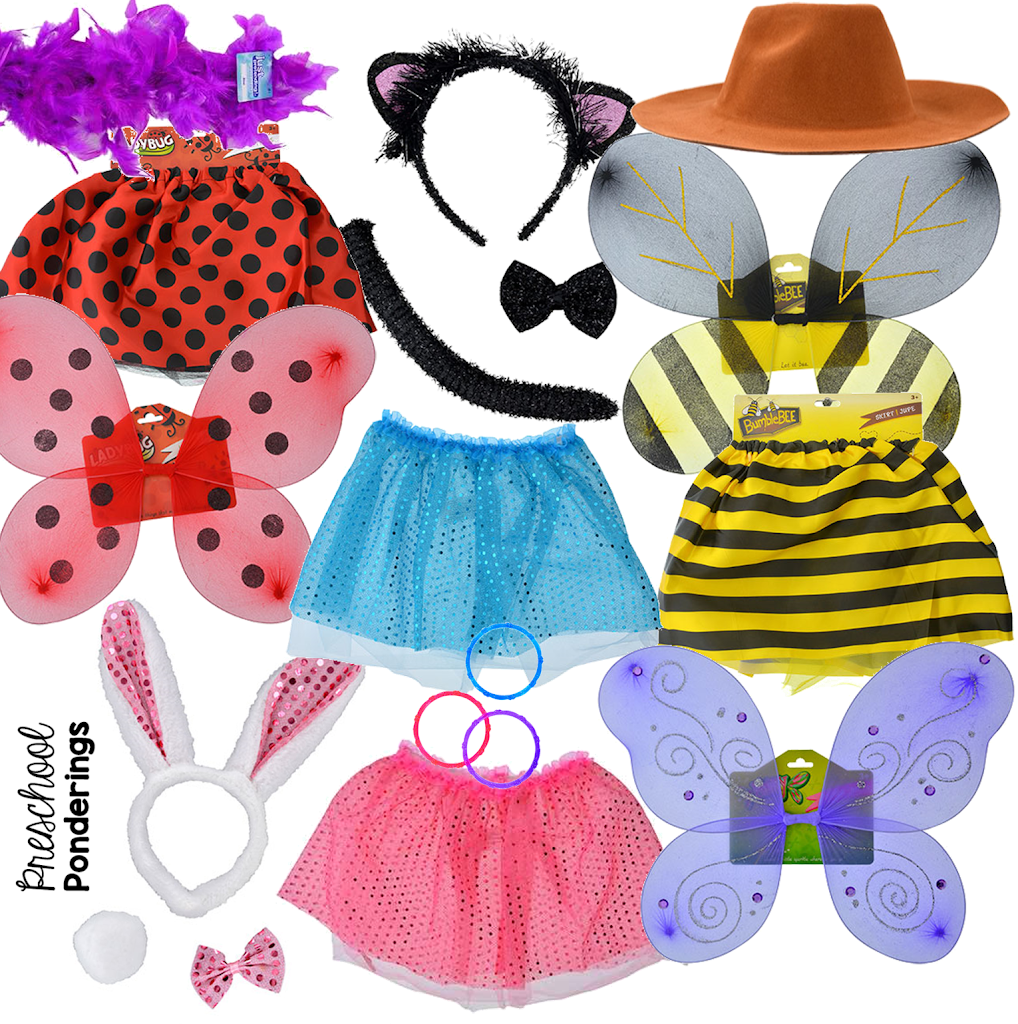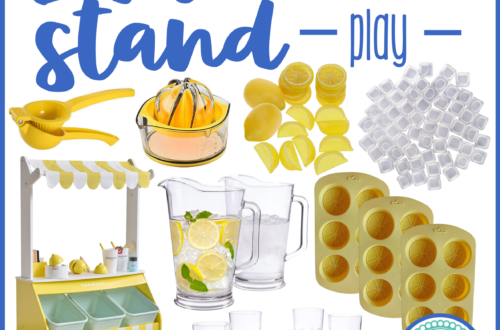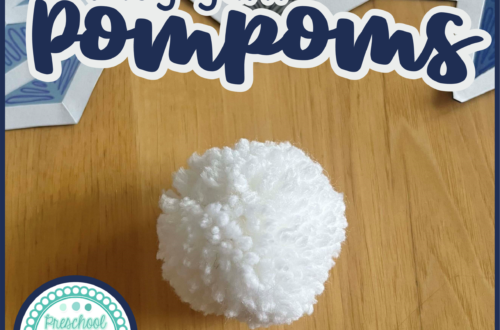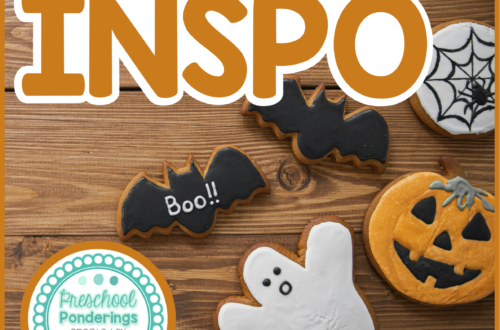experiments
-
Flashlight Play
If you’re looking for some fun activities that children will love, that incorporate science, and that may be just a little different than your typical preschool activities then flashlights might be just what you need. First things first, you’ll need enough flashlights for multiple children to use at once. There are a few ways to gather these; ask your families to bring in flash lights from their homes, visit the local hardware store and ask for a donation, or order a set from Oriental Trading. Once you’ve got your flashlights think about how you want to use them. Can you make your classroom dark enough for them to work well?…
-
Try a Baby Food Taste Test
On Monday I shared some of my favorite items to add to your doll-themed dramatic play center. If you really want to start a great conversation, why not try a baby food taste test?! This is a great way to get your preschoolers talking about the textures of different foods, and to compare and contrast the purees with the solid foods. While it hasn’t been all that long since most of your preschoolers were eating baby food regularly, they’ll never believe you when you tell them this. It’s a good idea to start with foods that they are going to be willing to try – fruits are generally a safe…
-
Friday Freebie – Science Experiment
Happy Friday! That’s about all I have left in me this week, so thank goodness the weekend is here because I am so ready for it! I’ve shared all kinds of science experiments this week, and today’s freebie fits that theme too. This “What Dissolves” science experiment and recording sheet from Science for Kids is another very simple experiment that is perfect for helping children explore basic scientific principles. Go download your set and try it out with your students!
-
Easy Science – Frozen Bubbles
I could’ve sworn that I’ve shared this activity before, but when I went back through the archives to look for the photos I couldn’t find the post anywhere – which means I need to share it with you! Have you ever attempted frozen bubbles?! This is an activity that I have put on my lesson plan every year since I started teaching, but the weather really has to cooperate, so I’ve only been able to try it once, but it worked like a charm! All it takes to make frozen bubbles are bubble solution and a very cold day. First, a note about the bubble solution. I’ve always loved Dawn…
-
Easy Science – What will freeze?
This week is all about my love for simple science experiments. This time of year lends itself perfectly to all kinds of ice experiments because they are relevant – nature is certainly making ice, so why not explore it? One way to go beyond just exploring ice is to look at all kinds of everyday items – both liquid and solid – to see which ones will freeze and which ones will not. This experiment will give your students the opportunity to make hypotheses, you can ask them which items they think will freeze before attempting. Here are some items that you probably already have that you can experiment with:…
-
Easy Science – Exploring Sugar Crystals
My Favorite science experiments are often the simplest, like the opportunity to get a close look at sugar crystals. These easy experiments are a first opportunity to ask questions and try new things with materials that are familiar and safe. Sugar offers a couple of opportunities. The first being the chance to explore crystals. If you place a small amount of sugar on top of a dark piece of construction paper or cardstock, it is easy to see each individual crystal with your bare eyes. This is also a great time to practice using a magnifying glass to get a better look. Some things that you can ask the children…
-
Art that is actually science
Since I’m talking about using food coloring as an art supply this week, I really wanted to share a food coloring tie dye activity – but then I tried it myself and it was an absolute disaster. I’m currently trying to bleach the dye out of some white shirts that weren’t supposed to be dyed… Since I can’t very well recommend that activity, I thought I’d share one that I know is a tried and true hit. This one has been seen all over the internet, so I definitely can’t claim the idea – nor would I try to – but I can show you some really great pictures of…
-
Preschool Science: Exploring Baking Ingredients
I have always loved baking in the classroom because it’s one of those hands on activities where children get to be involved and see changes happen right before their eyes. When I cook in the classroom I try to be super prepared so that things go smoothly. This doesn’t leave much time to actually explore the ingredients. If the children are extremely interested in the cooking experience I’ll make sure to give them extra opportunities to play with and manipulate the ingredients that we use. Here are some of the ways that I introduce these to the children; Ingredient jars: I love these little containers (they’re Tupperware)! The lids are…
-
Science is art
I’ve seen this experiment on Pinterest a million times, I actually remember doing this same experiment in my 8th grade science class. I could tell you a lot of things about that class, but I couldn’t tell you why we did this experiment. The idea is simple, you pour milk in a shallow bowl and drop food coloring into the milk, then use a toothpick dipped in dish soap to swirl the colors. The concept that the experiment teaches is surface tension, and the idea that the soap glides through the milk, swirling the colors without actually mixing them. This was all over my kiddos’ heads, but they loved it…
-
Weather basics – an experiment
This weather experiment is super easy, and I’ve done it with my classes for the last few years, but my kids love a good science experiment, and are super into weather, so I got it out again. It’s pretty basic, you fill a clear container with water and top the water off with shaving cream, the shaving cream is supposed to be a cloud. Then you put a few drops of food coloring (blue is suggested because it is supposed to be like rain, but I usually let the kids choose whatever color they want) on top of the cloud, and eventually the food coloring will saturate the cloud and…









